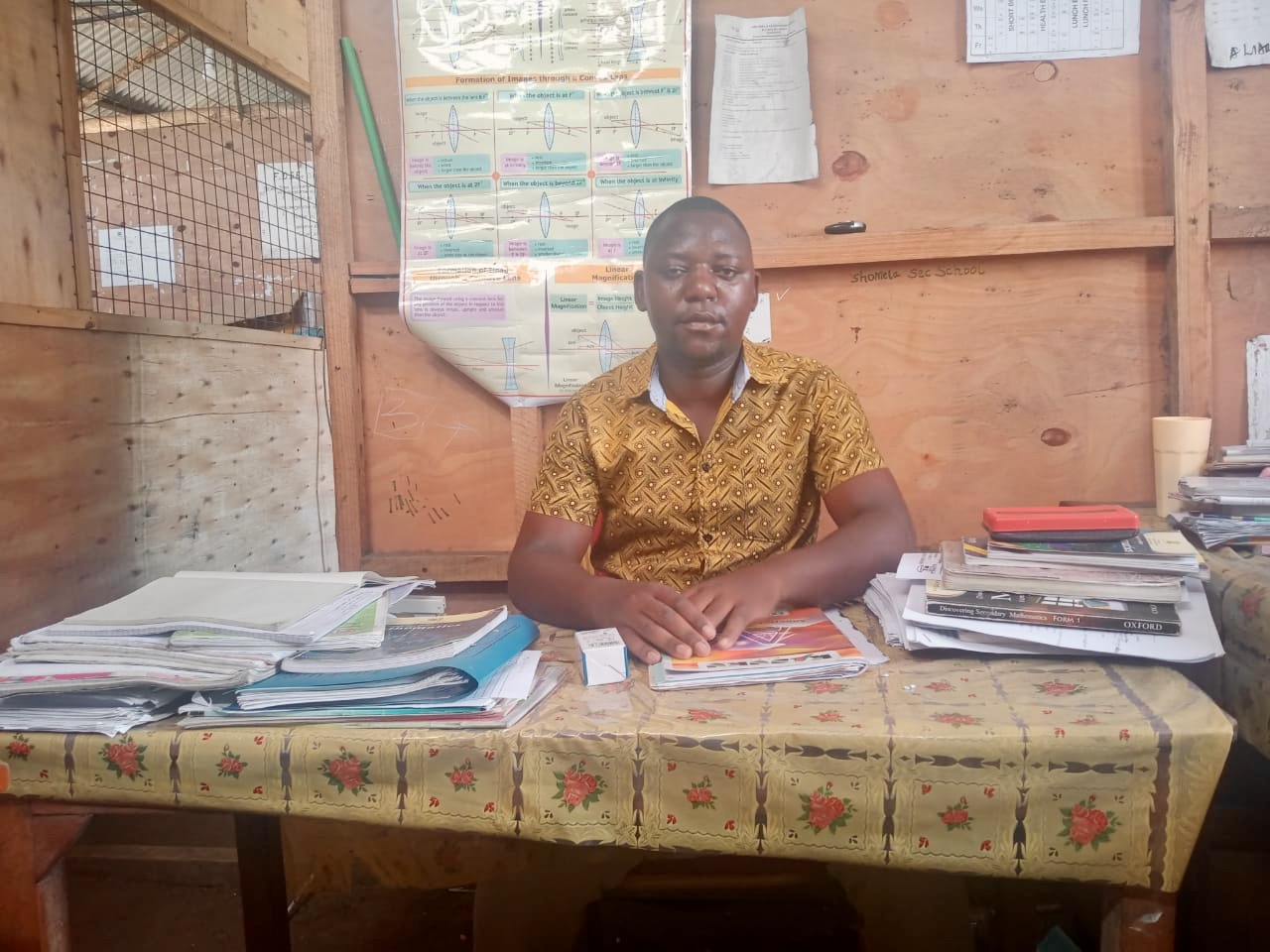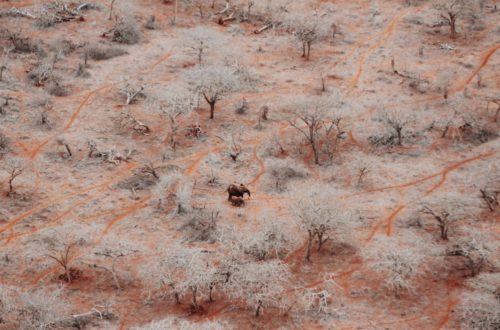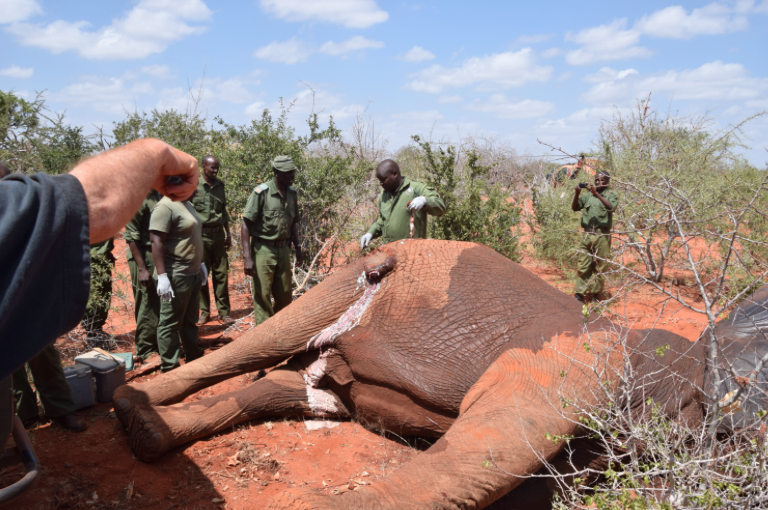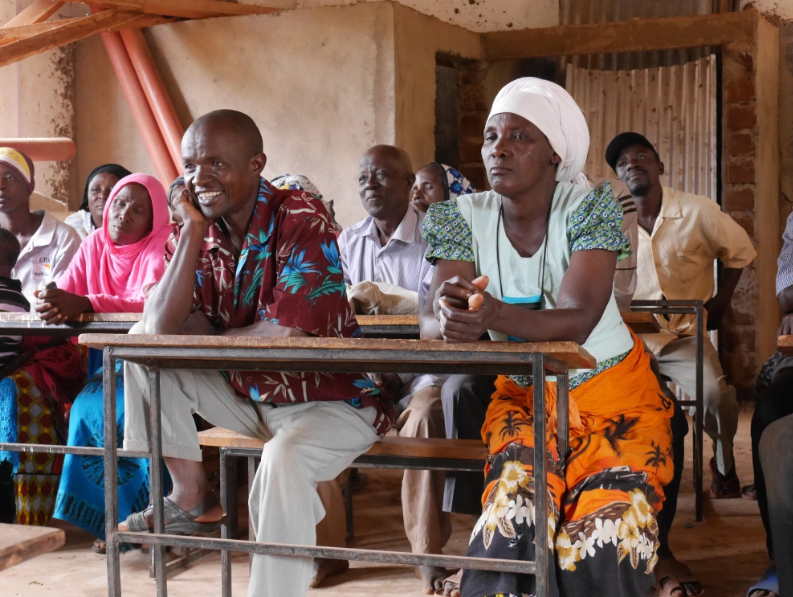
Mai Ndombe REDD+ Project Sees an Elephant Population Increase
In the western region of the Democratic Republic of the Congo (DRC) is the forest adjacent to Lake Mai Ndombe, an ecologically rich and diverse area, which is part of the second biggest rainforest in the world, the Congo Basin. The forest is home to a vast array of species including bonobos, forest elephants, and includes some of the most important and endangered wetlands of the world.

The forest has been facing degradation for the past 20 years, with industrial logging being one of the biggest drivers. The Democratic Republic of the Congo was home to about 400,000 forest elephants in the mid-90s and the forest was largely intact. Today, the elephant population has decreased dramatically to less than 10,000 individuals. Wildlife habitats have been at risk, even after the government temporarily suspended the issuance of new logging concessions in its vast portion of the Congo rainforest in 2002.
Hunters target wildlife for bushmeat, and at the same time the environment is being destroyed through subsistence logging. Some were hunting small mammals like the Yellow-backed duiker, Ascan monkey, Atherure, among others. Others, on the other hand, engaged in sophisticated crime like elephant poaching.
Subsistence hunting is perceived as a convenient way to make a living, but it comes with its downsides. It is a dangerous activity, not a guaranteed income, and leaves those engaged in the activity vulnerable to snake bites and injury.
Wildlife Works recognized that our community-centered REDD+ model could help to protect the threatened rainforest and its wildlife in Mai Ndombe. After over a year of relationship building and engagements with stakeholders, Wildlife Works and the local chiefs came to an agreement and started the Mai Ndombe REDD+ Project in 2011, covering over 740,000 acres of forest area.
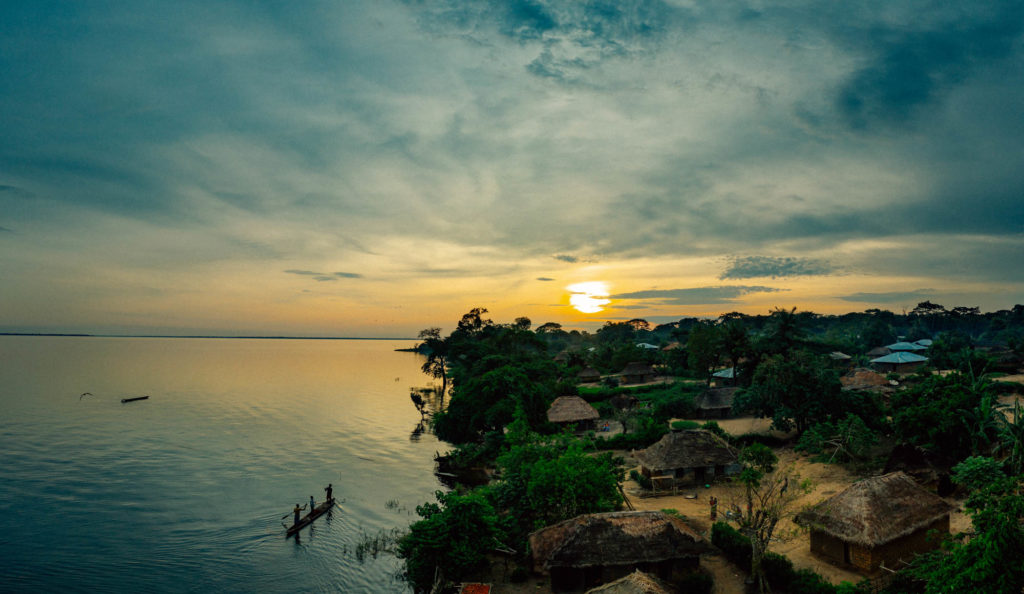
This investment now provides access to health, social and economic development for thousands of forest community members, as well as full-time conservation-based jobs for hundreds of local people who used to rely on extractive livelihoods.
A major turning point for the hunters was when Wildlife Works employed 12 eco-guards to protect the forest. The guards, who previously made a living from hunting wildlife, voluntarily left their trade to start safeguarding the forest. Today, with the Mai Ndombe REDD+ project, they can re-organize their lives and their home as well as comfortably fund their children’s education.
The project also invested in conservation efforts by introducing the use of camera traps, providing useful data on wildlife populations and movement in the area. The camera traps have been strategically placed in the project area with the help of these forest eco-guards. From the camera traps findings, there has been a significant increase of wildlife in the Mai Ndombe project area since 2014. Recently, 60 to 80 elephants have been spotted with some of them being young elephants. According to Mr Matthieu Bolaa, Head of Wildlife Works Biodiversity team in Inongo, there has been an increase of elephants in the north-south area coming from the neighboring industrial deforestation areas, which are noisy and dangerous. As described by Mr Bolaa, more and more mammals and wild animals can now find a haven of peace and tranquility provided by eco-guards and the systematic searches of Wildlife Works forest-monitoring teams.
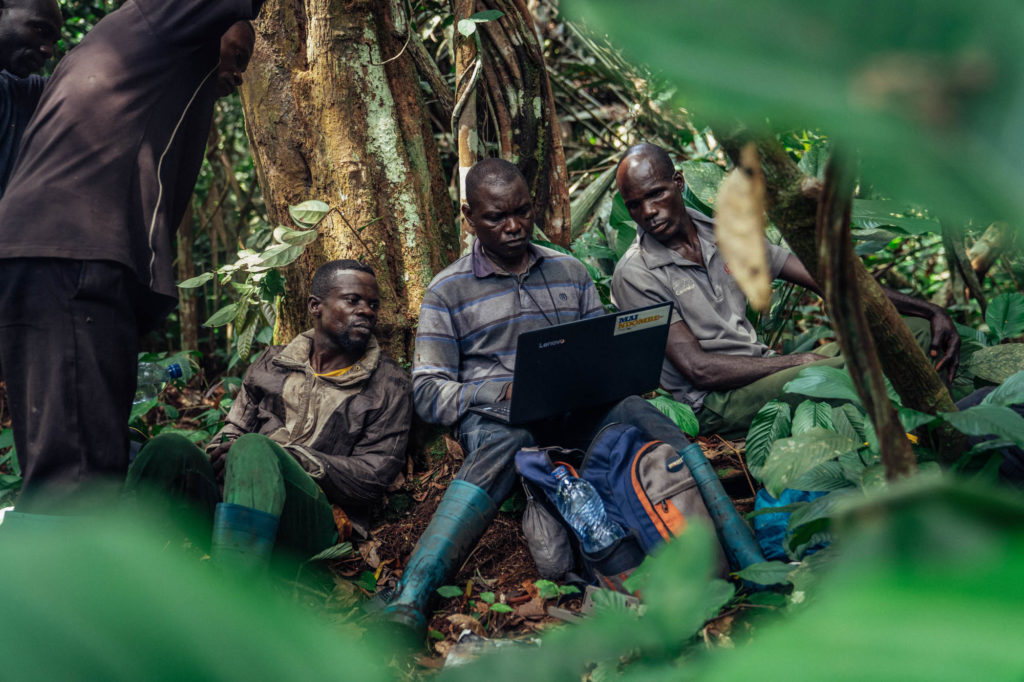
For years, the landscape in the project area was mostly devoid of wildlife. But now, the forest and wildlife is slowly coming back to life thanks to the REDD+ project. “These wildlife numbers are growing from a region where historically no elephants had been seen for generations,” says Mr Bolaa.

One of the targets of United Nations Sustainable Development Goal 15 “Life on Land” is to take urgent action to end poaching and trafficking of protected species of flora and fauna and address both demand and supply of illegal wildlife products. With the REDD+ project in the Mai Ndombe forest, the community members now have access to direct climate financing to build their forest economies sustainably while conserving their ecosystems for the rest of society to reach our climate mitigation goals.
